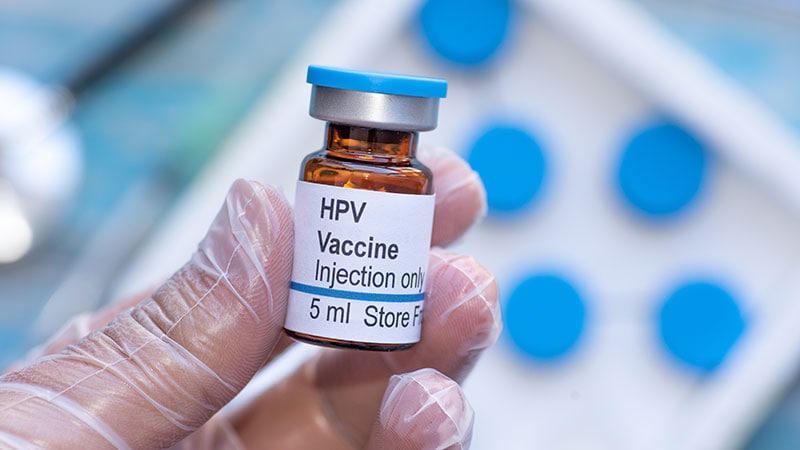Core Concepts
Men are significant carriers of HPV, emphasizing the need for vaccination to prevent HPV-related diseases.
Abstract
The content discusses the prevalence of HPV infection in men, highlighting the importance of vaccinating boys to prevent HPV-related diseases.
Findings:
- 1 in 5 men are carriers of high-risk HPV.
- HPV infection is common in sexually active men.
- HPV is linked to various cancers in both men and women.
Literature Review:
- Most sexually active individuals acquire genital HPV infections.
- HPV can lead to cancer development.
- Fewer studies have assessed HPV infection in men compared to women.
Prevalent HPV Genotype:
- Global prevalence of HPV infection in men over 15 is 31%.
- HPV-16 is the most prevalent genotype.
- Prevalence is highest among young adults.
Preventive Measures:
- HPV vaccination in boys is crucial for prevention.
- France extended its vaccination program to include boys.
- Low vaccine uptake in boys compared to girls.
Customize Summary
Rewrite with AI
Generate Citations
Translate Source
To Another Language
Generate MindMap
from source content
Visit Source
www.medscape.com
One in Five Men Are Carriers of High-Risk HPV
Stats
Nearly a third of men over 15 are infected with HPV.
1 in 5 men are carriers of high-risk HPV.
HPV prevalence peaks among young adults.
Quotes
"Our results support that sexually active men, regardless of age, are an important reservoir of HPV genital infection."
"Future epidemiological studies are needed to monitor trends in prevalence in men, especially considering the roll-out of HPV vaccination in girls and young women."
Key Insights Distilled From
by Vincent Rich... at www.medscape.com 08-31-2023
https://www.medscape.com/viewarticle/996020
Deeper Inquiries
How can the low vaccine uptake in boys be improved?
The low vaccine uptake in boys can be improved through various strategies. Firstly, increasing awareness among parents, healthcare providers, and the general public about the importance of HPV vaccination for boys is crucial. Education campaigns highlighting the benefits of vaccination in preventing HPV-related cancers in both men and women can help dispel myths and misconceptions.
Moreover, making the HPV vaccine more accessible and affordable can also boost uptake. Implementing school-based vaccination programs, similar to those for other vaccines, can reach a larger population of boys. Additionally, healthcare providers should actively recommend and offer the HPV vaccine to boys during routine visits, emphasizing its role in preventing HPV infections and related diseases.
Addressing concerns about vaccine safety and efficacy is essential. Providing accurate information about the vaccine's safety profile, addressing common misconceptions, and debunking myths can help increase confidence in the vaccine. Engaging community leaders, influencers, and advocacy groups in promoting HPV vaccination for boys can also play a significant role in improving uptake rates.
What are the implications of the age-related changes in HPV prevalence in men?
The age-related changes in HPV prevalence in men have several implications for public health strategies and interventions. The peak prevalence of HPV infections in young adults, particularly in the age group of 25-29 years, highlights the importance of targeting this population for vaccination and screening programs. Early intervention can help reduce the burden of HPV-related diseases in later years.
The stabilization and decrease in HPV prevalence after age 50 suggest a potential shift in risk factors or immune response to HPV infections with age. Understanding these age-related patterns can inform the development of tailored prevention and screening guidelines for different age groups. For instance, focusing on early vaccination in young adults and implementing targeted screening strategies for older men may be beneficial.
Furthermore, the disparities in HPV prevalence across countries and regions underscore the need for global coordination in addressing HPV infections in men. Collaborative efforts to standardize vaccination programs, improve access to healthcare services, and share best practices can help reduce the global burden of HPV-related diseases in men of all ages.
How can global efforts be coordinated to address the high prevalence of HPV in men?
Coordinating global efforts to address the high prevalence of HPV in men requires a multi-faceted approach involving collaboration among governments, international organizations, healthcare providers, and advocacy groups. Firstly, establishing a global framework for HPV prevention and control, with clear guidelines on vaccination, screening, and treatment, can provide a roadmap for countries to follow.
Enhancing surveillance systems to monitor HPV prevalence trends in men worldwide is essential for tracking progress and identifying areas that require targeted interventions. Sharing data, research findings, and best practices across countries can facilitate knowledge exchange and promote evidence-based decision-making in HPV prevention strategies.
Furthermore, promoting universal access to HPV vaccines for boys and men, especially in low- and middle-income countries, is crucial for reducing disparities in vaccine coverage. Supporting research and development efforts to improve vaccine efficacy, affordability, and accessibility can help expand vaccination programs globally.
Engaging stakeholders at all levels, including policymakers, healthcare providers, researchers, and community leaders, in advocacy and awareness campaigns can mobilize support for HPV prevention initiatives. By fostering collaboration and coordination among diverse stakeholders, global efforts can effectively address the high prevalence of HPV in men and reduce the burden of HPV-related diseases worldwide.
0
